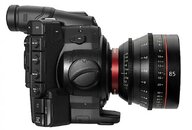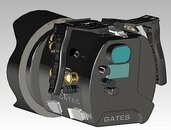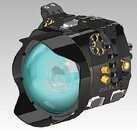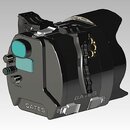charlesml3
Contributor
i need a camera that is designed to produce clear crisp video in low lighting. (a compact camera will be a bonus)
I'm really not trying to be a wet blanket (pardon the pun) but I don't think what you're after exists. To get low-light without artificial lighting means a really big camera. Probably something like this:
Gates EX1R Underwater Video Housing :: Sony PMW-EX1 :: Gates Underwater Products
You're quickly getting over $10,000 here. Compact cameras have small lenses. Small lens means not a lot of light gets in. You have to get light somewhere.








